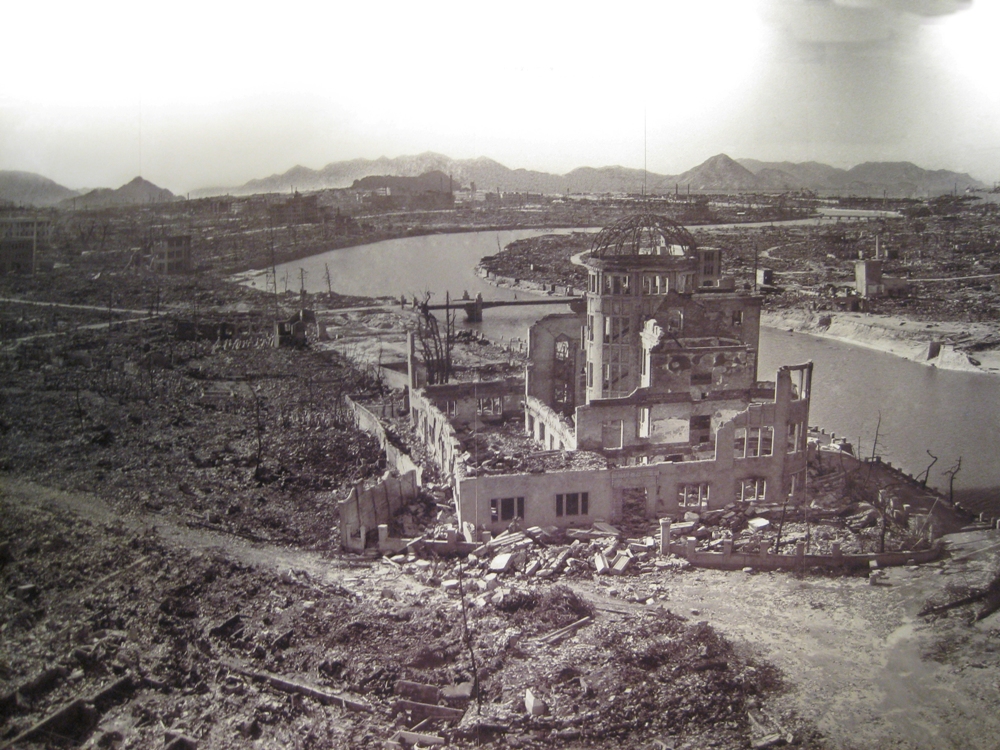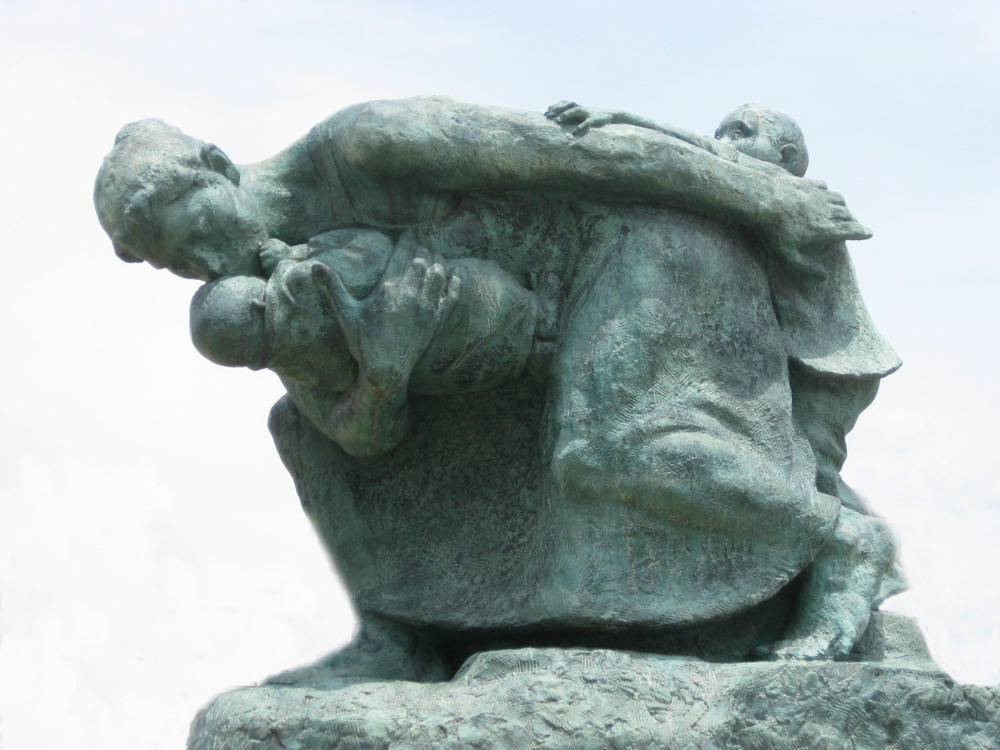I’m reverting back to Hiroshima just to add Ethan’s impressions of it mainly because when I asked him where he would like to go internationally, his first response was Hiroshima and the Peace Park. So here is what he has to say about his visit there.
Hiroshima, to those who have not visited it, is a far-away city on the main island of Japan which, were it not for the unfortunate events of August 6th, 1945 might not be familiar with a good portion of the world’s population. The names Hiroshima and Nagasaki persist today for many of us in this sense, a far-away place that suffered because of the decisions of men who are mostly gone from the world. But to be in Hiroshima, which at a casual glance resembles any other mid-sized Japanese castle town turned city, and to see the wound pulled back is to know that this bustling city in your field of vision had once been an essentially barren wasteland only 70 years ago. One is overwhelmed by not only the human ability to destroy, but the ability to persist and move forward as well. This first photo shows what it looked like not long after the bomb was dropped.

One building stands, in ruined form from that day, and around it the Japanese have built a park and museum in remembrance of the first lives to know what an atomic bomb feels like on the skin, but not for pity, not out of anger, but as a reminder that atomic weapons destroy and that we should strive as human beings to transcend wars between flags and colors and work for peace. The museum is particularly poignant, with artifacts including the clothing of school children affected by the bomb who passed away shortly following and their names and stories, two watches that stopped at 8:15 AM and have never moved since, among others. There is also a history of Hiroshima that acknowledges that it was a military outpost and the violent role Japan played in the war. Continuing on with the message of peace, there are over 606 letters from multiple mayors of Hiroshima to ambassadors and leaders of nations holding nuclear weapons, written on the occasion of a nuclear weapon tests pleading with these nations to stop testing bombs, visit Hiroshima, and destroy their stockpiles. This photo is of a poignant statue in the park outside the Peace Museum.

This is not to say, however, that Hiroshima is a city steeped in sadness, it began rebuilding itself only days after the bomb fell and has only grown bigger and more lively. I was fortunate enough to experience a bit of the daily life of Hiroshima myself. Through the International Exchange Lounge in the Peace Park I was partnered with a student at Bunkyo College. I visited the school’s English Communication Center and met a teacher there who studied English in Alabama, of all places. She took me into her “classroom” which consisted of rotating groups of third-year students. I mostly spoke with one group about their class schedule and why they were studying English and things like that over iced coffee (which they had in water bottles; Japan is one of the world’s largest consumers of coffee). They were really funny and excited to practice their English with me. After that I went downstairs and met my exchange partner. Her name is Atsuka Yukawa, and she is 18-years-old like myself. I spoke with her and her classmates for some time; they mostly asked me questions about America. After about 45 minutes of being an interview subject, Atsuka, myself, and two of her classmates rode the bus and train back to her house in the Hiroshima countryside. She lives in very nice, if not incredibly modern, home along the river and not far from a beautiful shrine. A good portion of her extended family was visiting as well, so all sat and had a very traditional Japanese dinner and dessert.
After dinner, the children played a traditional Japanese card game which took me some time to learn but once I got it I was doing very well! Following this we walked to a nearby supermarket and picked up a few snacks and fireworks to set off in the backyard. Upon our arrival the entire group spent around an hour playing with sparklers or “hanabe” as they are referred to in Japan (meaning fire flowers, and named after an actual plant that sparkles like a sparkler when lit, which we played with as well.) They were incredibly kind to me and incorporated me as if I had been a family friend for ages, and when I left they said they hoped to see me again next summer. It was an experience I wouldn’t trade for the world. I think that you can travel all around the world and say that you are worldly and cosmopolitan and educated but you learn so much more stepping down from a tourist’s point of view and living the life, even if only for a few hours like I did. Plus, you see that even a world away many things remain the same, which I believe is just as enlightening as seeing what is different.
